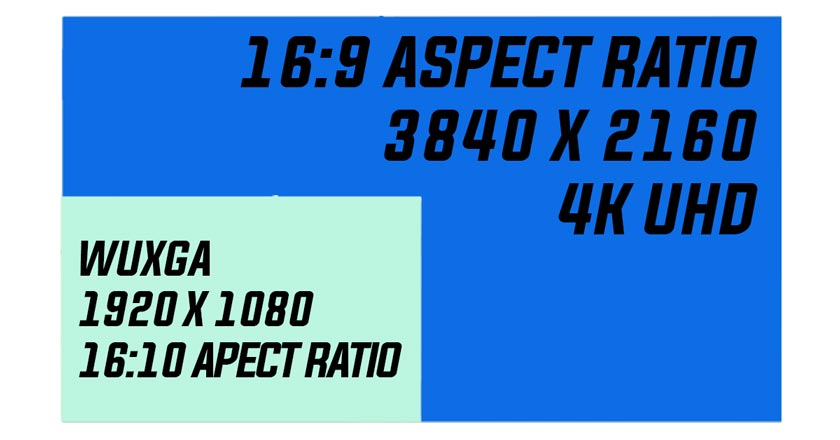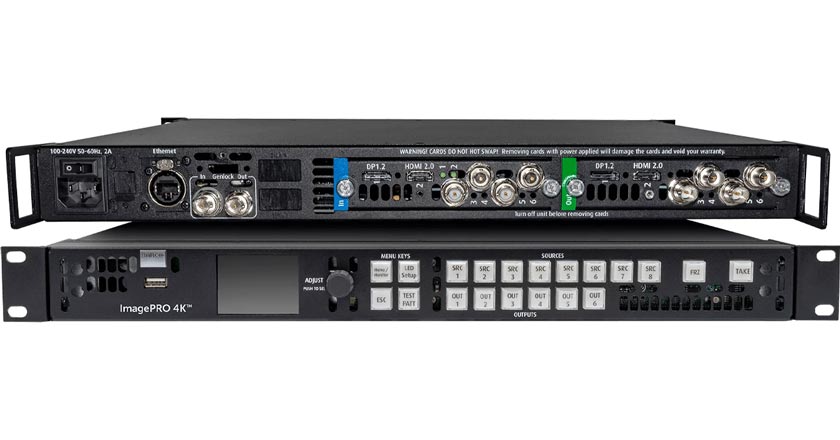THE IMPORTANCE OF THE PIXEL MAP
Have you ever been on show site and it finally comes time to put the content up and something just doesn’t look right? You’re drastically overshooting or undershooting and trying to figure out if it’s the projector or the content? In the live event world, every detail matters and the importance of a pixel map cannot be overstated. A pixel map serves as a blueprint, guiding the stagers and the content-creators when they design and format content for each show. The pixel map is the foundation of a successful event and the downfall of a not-so-successful event.
WHAT IS A PIXEL MAP?
Before we explore their significance, let’s define what pixel maps are. A pixel map is a visual representation of the arrangement of pixels on a display or screen. It acts as a guide for content creators, detailing the specific dimensions, resolutions, and positions of each pixel on the screen. Essentially, it is a roadmap that ensures content is displayed as intended on the live event’s display surface.
![]()
![]()
Stated plainly, the VERY first thing you should do when planning a live show is define your pixel map. As we mentioned, this will inform every decision made from that point forward. “What projector should we get?” Take a look at your pixel map and determine what resolution you’re closest to and narrow down your options accordingly. Pixel maps provide a reference point for content creators, allowing them to design visuals that fit seamlessly within the designated screens.
Consistency is another key factor. When multiple screens are involved in a live event, maintaining uniformity in content presentation is vital. Pixel maps help ensure that content looks cohesive across all screens.
WHY SHOULD I USE A PIXEL MAP?
With the development of projection mapping and ever-evolving LED tiles, the variety of venue specifications is quite literally infinite. A pixel map allows content creators to tailor their visuals to fit the unique dimensions and resolutions of the venue’s display surfaces. Whether it’s a concert, conference, sporting event, or a rocket launch, a well-designed pixel map ensures that the content is optimized for the specific display setup.
![]()
![]()
So all that we’ve covered to this point is based upon a perfect scenario but if you’ve worked in the AV industry for longer than five minutes, I would venture to say that you scoffed at the simplicity of our examples. So let’s cover what to do if your content isn’t formatted properly for your next event. If this happens before you have made your gear selection, it’s a good idea to start from the resolution of your content. Is it 4K? Maybe consider getting a Christie Griffyn 4K50 or an Epson EB-PU2216 because they’re configured to display content in 4K. If your content is a 1.6:1 aspect ratio, or WUXGA, it makes more sense to go with a projector that natively displays in that format like the Christie WU14K-M.


Now let’s consider another scenario: you have a certain projector in your inventory. For this example we’ll just say you have the Panasonic PT-RQ25K which is a 4K projector. Then you get the content and it’s formatted for WUXGA. That’s when something like an ImagePro would be the simple solution. If you were to try to scale your content without it, you would lose some pixels on the right and left edge of your screen in order to fill the screen properly. But with the ImagePro, you’re able to stretch your content ever so slightly to make it fit the screen without losing any pixels on the edges. While this isn’t the optimal situation, it solves a problem that otherwise could have a very negative impact on your event.


So in this example, we see that planning from day one is the most painless approach. And the best way to plan from day one is to create a pixel map. This will make the job of everyone down the road easier and as we have all been on the receiving end of someone else’s poor planning, the goal is to minimize the frequency of that and create an easier workflow for everyone else in the industry.
If you don’t have the gear you need in your inventory, Nationwide Video can provide excellent solutions for any situation thrown your way. To get in touch with the team at Nationwide Video, give us a call at 800.935.2323 or drop us an email at info@subrent.com
